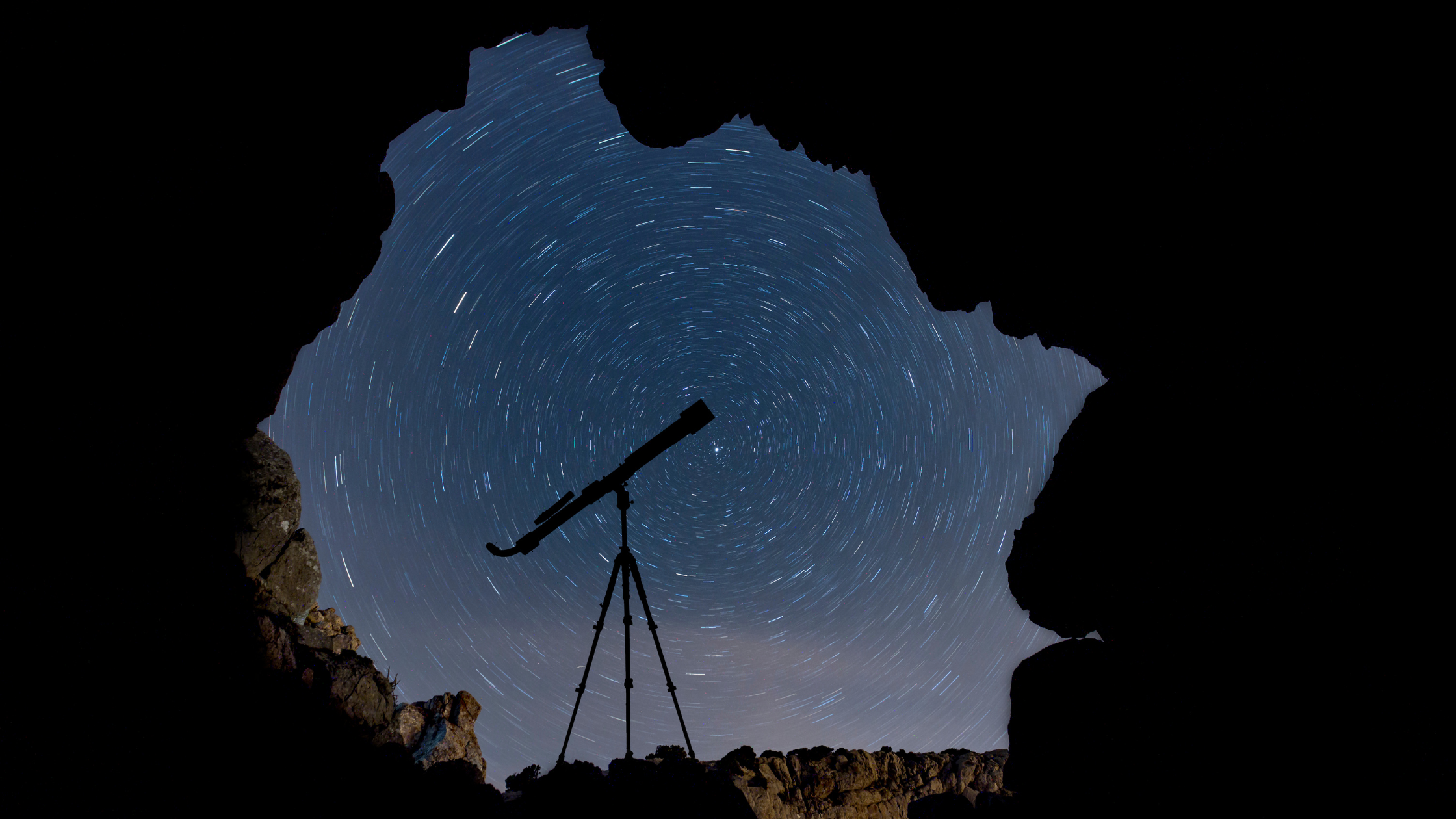The growing awareness of the medicinal benefits of psychedelics in the West has been dubbed the “psychedelic renaissance.” Unlike the counterculture movement of the 1960s and ‘70s, this psychedelic emergence is fuelled by contemporary science and the potential for psychedelics to treat the rising tide of mental health conditions in our societies.
But psychedelics have been familiar to humanity for much longer than the past few decades. Plant medicines have been a part of some cultures since their beginnings.
So is our view of the benefits of psychedelics somewhat narrow? What lessons can we learn from studying the history and culture of psychedelic use outside of our immediate awareness? At Synthesis, we believe that a balanced and holistic view of the benefits of psychedelics is crucial to delivering an effective and welcoming environment at our psychedelic retreats.
When Did Psychedelics First Emerge In Human History?
Although our understanding of when psychedelics were first introduced to humans is limited by our written history, some anthropologists believe that humanity (or humanity’s ancestors) had contact with psychedelics long before recorded history. It’s possible that exposure to psychedelic plants actually catalyzed the initial stages of human culture, such as the development of language or art (see McKenna, 1993).
The concept of Homo erectus or other human ancestors using psychedelic plants is not unthinkable. Many animal species have been shown to purposefully ingest psychedelic substances, such as the Reindeers of Siberia who eat the famous white-spotted Amanita muscaria mushroom without discomfort.
The earliest potential record of the presence of psychedelic substances in human culture dates as far back as 10,000 BCE, where cave paintings by indigenous peoples in northern Australia contain mushroom iconography with a distinctly psychedelic theme (see Pettigrew, 2011).
There are some visual and written clues to suggest that psychedelic mushrooms were used in some pre-Mayan cultures, around 1500 BCE. Psychedelic mushrooms are depicted in many forms of Mesoamerican art and sculpture, and evidence suggests that they were collected and consumed by priests for their visionary properties (see Carod-Artal, 2015).
There are many accounts of psychedelic plants being used in Biblical times. It is likely that Kaneh Bosm (i.e. cannabis) was used by priests and even Jesus as an anointing oil, and for its psychedelic properties. Many other plants were used for their psychoactive effects, including Frankincense and Galbanum. Most strikingly, some academics believe that the Biblical story of the deliverance of God’s commandments by Moses was actually the result of a mass hallucination caused by ergot fungus (from which LSD is derived). For more on this topic, see this series of talks by Rev Danny Nemu.
Potential mentions of psychedelic substances are also found in Ancient Greece. The Eleusinian Mysteries, an initiation ritual to a famous cult that existed from around 500 BC - 300 AD, had a distinctly psychedelic feel. Accounts of the Eleusinian Mysteries suggest that the enigmatic drink known as “Kykeon” was what gave the initiation rites their legendary status. Some have suggested that this drink could have contained a number of psychedelic substances, including ergot fungus and magic mushrooms (see Wasson et al, 1978).
The famous red-and-white spotted mushroom Amanita muscaria has been used by indigenous peoples in Siberia for centuries. The first evidence of its ingestion by Siberian shamans comes from the 1600s, and it is still used in Siberian cultures today (see Nyberg, 1992).
The ritualistic drink Soma, used in ancient Hindu religions, has been suggested to have contained a psychedelic substance. Although information about what plant or plants were used to create the drink has been lost, some scholars believe that it was likely to have been composed at least in part of psychedelic plants such as cannabis.
In the times since these first appearances of psychedelic plants in human culture, some groups of humans have grown and thrived in tandem with psychedelics. Many of these cultures still use psychedelics as a core part of their society to this day.
Which Cultures Still Use Psychedelic Plant Medicines?
In Central and South America, various indigenous groups use psychedelic plant medicines as part of their culture. Most well-known of these are the number of indigenous groups in the Amazon basin who have a close relationship with ayahuasca.
AYAHUASCA
Ayahuasca is a revered brew made from different plants (depending on the shaman and culture), but usually contains the psychoactive substance DMT.
Ayahuasca is used for both its visionary and medicinal properties by a large number of peoples across Peru, Brazil, and other northern South American countries. Ayahuasca is also used as a central part of some Christian/syncretic religious groups – most notably the Santo Daime and Uniao do Vegetal churches – in rituals that focus on the spiritual experience that the ayahuasca brew can produce.
SALVIA DIVINORUM
In Central America, the psychoactive plant Salvia divinorum is cultivated by the Mazatec people of the Oaxaca state of Mexico. It is thought that this plant is native to the area, and has been cultivated for humans for many centuries. It contains the world’s most potent naturally-occurring psychedelic substance, Salvinorin A. Mazateca shamans oversee the ingestion of Salvia in ceremonies lasting several hours, where the fresh leaves are chewed (see Maqueda, 2018). Although considered a weak psychedelic by the indigenous people who use it, non-traditional recreational use in the West has seen its reputation grow as a powerful and terrifying substance – mainly because it is smoked in the form of dried extract, increasing the potency of the plant by many times.
PEYOTE
Peyote is a species of cactus that contains the psychedelic substance mescaline. Peyote (and other mescaline-containing plants such as San Pedro) have been used by indigenous North Americans for centuries for their mystical effects (see Stewart, 1993). Mescaline produces a mystical experience lasting several hours, and in traditional use is taken during a ceremony involving drumming, chanting, and shamanistic guidance.
Peyote ceremonies have been carried out by a large number of different groups, over many hundreds of years, for a variety of different reasons. As indigenous Americans faced the oppression and destruction of their culture, the prevalence of peyote ceremonies became more widespread – both as a way to preserve a cultural identity in the face of evil, and to directly process the trauma of having land and life stolen (see Schultes et al, 2001).
IBOGA
The Bwiti religion of Western Africa incorporates the psychedelic plant iboga in their traditions. For hundreds of years, Bwiti practitioners have undertaken iboga ceremonies in order to heal, or take part in a rite of passage (see Bonhomme et al, 2012). The effects of the plant are described as being intense and sometimes terrifying, lasting many hours. People often describe coming into contact with deeply buried memories or traumas.
AMANITA MUSCARIA
In Siberia, the use of Amanita muscaria mushrooms by indigenous peoples is still alive and well. Both shamans and non-shamans routinely ingest the fungus, resulting in visions of the mushroom spirits, known as wapaq. However, the mushrooms are not considered a central part of society, and are mostly viewed as a shamanic tool (see Nyberg, 1992).
How Are The Benefits Of Psychedelics Viewed In Indigenous Cultures?
Different cultures will of course view their psychedelic medicines in unique ways. However, most will consider the benefits of psychedelics to be two-fold: in having both medicinal and visionary value. Often, these two benefits go hand-in-hand.
AYAHUASCA
“Ayahuasca,” in the Quechua languages, roughly means “Vine of the Spirits.” It’s no surprise that the main focus in ayahuasca ceremonies is making a connection to the spirit world. Through the ayahuasca ceremony, negative emotions and demons are purged, allowing for a connection to be made to more benevolent spirits, who may offer healing and divination. Ayahuasca has been shown to have anti-parasitic effects, and the spiritual experience it can induce has been shown to treat severe depression.
Ayahuasca is viewed very differently by traditional shamans compared to non-traditional users. For example, modern research focuses on the antidepressant effects of the pharmaceutical components of the ayahuasca brew, rather than the holistic experience. Shamans will be the first to tell you that many different plants can comprise the ayahuasca brew, and some don’t contain the psychedelic DMT that most modern research focuses on. Traditional ayahuasca use emphasises the spiritual nature of the brew, attributing great importance to the shaman(s) present and the structure of the ceremony, in its unique body-and-mind healing properties (see Andritsky, 1989).
SALVIA DIVINORUM
Salvia divinorum means “Diviner’s Sage,” and accordingly it is used by the Mazatec people to induce visions of prophets and saints. Due to Christian influences in Mazatec culture, Salvia is considered to bring people into contact with the Christian Saint Mary. It is commonly known as Ska Maria Pastora (“Leaf of Maria the Shepherdess”) among the people who cultivate it.
As well as this role in divination, Salvia is used to treat a variety of ailments, including diarrhea and rheumatism. Unlike in contemporary recreational usage of the plant, Salvia is traditionally never smoked; the raw leaves are either chewed or made into a tea. Shamans believe that smoking the plant destroys the purity of its spirit (see Maqueda, 2018). Similarly to ayahuasca, Salvia ceremonies are considered crucial to the effects of the plant, and are led by experienced curanderos/curanderas to effectively guide the participant through the spiritual experience.
PEYOTE
Alongside the traumatic and turbulent history of indigenous North Americans, peyote ceremonies have evolved from their original forms. Initially, peyote ceremonies were used for a wide range of spiritual endeavors, and the cactus itself was also used for medicinal purposes such as the treatment of wounds and burns (see Stafford, 1992). As Christian influence became unavoidable, and various traumas rose to the surface, peyote ceremonies became more about the treatment of spiritual ailments such as addiction, and often started including some elements of Christian theology.
IBOGA
As well as being used for visionary purposes, iboga is used by followers of Bwiti in low doses to treat ailments such as fever, impotency, and addiction. Low doses are also reported to be used by peoples of Gabon and neighboring countries to assist in hunting: iboga has been said to sharpen vision and reflexes (McGown, 2006).
Typically, the Bwiti spiritual leader (N’ganga) takes a higher dose than the rest of the congregation, allowing them to directly contact their ancestors and guide the rest of the community through these visions. As a rite of passage, young men also take much higher doses than normal, to initiate them into the religious practice. During ceremonies, drumming and dances are a part of the ritual.
AMANITA MUSCARIA
Among the indigenous Siberians who use Amanita muscaria mushrooms, the benefits of the psychedelic experience are seen in myriad ways: the psychedelic state is used for divination, for healing, for a boost in physical endurance, for the creation of new music, for the interpretation of dreams or memories, and to communicate with the dead (see Nyberg, 1992).
How Are The Benefits Of Psychedelics Viewed In Western Cultures?
Our contemporary Western view of psychedelic plant medicines departs considerably from traditional views.
Where indigenous cultures will put a heavy emphasis on the holistic aspect of psychedelic plants – their preparation, the ceremony surrounding their ingestion, the shamanic expertise of their providers – contemporary Western understanding of psychedelics is almost entirely pharmacological.
Research into the potential benefits of psychedelics has almost solely focussed on the pharmacological components of psychedelic plants (or the synthetic psychedelics such as LSD and MDMA), and the effects of administering these pharmacological units in controlled clinical settings.
Almost invariably, the holistic and spiritual aspect of psychedelic plants is lost – or at least heavily dimmed.
The result is that we now know a lot about the potential therapeutic effects of psychedelic substances in a Western context. For example, we know that administering large doses of psilocybin, the psychoactive component of magic mushrooms, can have profound antidepressant effects. And we know that the strength of these antidepressive effects are greatest when the participants have a highly mystical experience. However, we have severely limited ourselves in our capacity to foster, and understand, the nature of the holistic and mystical aspect of psychedelic plants.
What Can Be Gained From Combining Ancient And Contemporary Wisdom?
It would undoubtedly be a missed opportunity to ignore the potential lessons of ancient psychedelic cultures.
Somehow, those first ayahuasca shamans knew which plants to brew to create a profoundly powerful drink that would bring them in touch with their ancestors. They didn’t need a laboratory, or an understanding of pharmacology, to develop a deep familiarity with the benefits of the mystical experience they were crafting.
Amazingly, the Mazatecs who view Salvia divinorum as a powerful spiritual force, despite only ever taking it in low, maybe even inactive doses, have been proved right by modern science that has shown the true potency of Salvinorin A.
The Bwiti practitioners who have for generations been consuming the iboga plant for its medicinal and visionary capacity have been vindicated by modern science, that shows how powerful its anti-addictive effects can be – even a single dose of ibogaine can help the most severely addicted opioid users break free of their damaging behaviors (see Noller et al, 2018).
What possible reason could we have to ignore the wisdom and prescience of indigenous peoples? Why would we refuse to use elements of holistic and shamanic practices in our therapy, if there was even a small chance that it would increase the healing benefits of psychedelics?
Here at Synthesis, we see no reason to narrow our vision so drastically. So our ceremonies are crafted to be holistic, balanced, and carefully guided, in order to give the psychedelic experience the respect and reverence it deserves.












